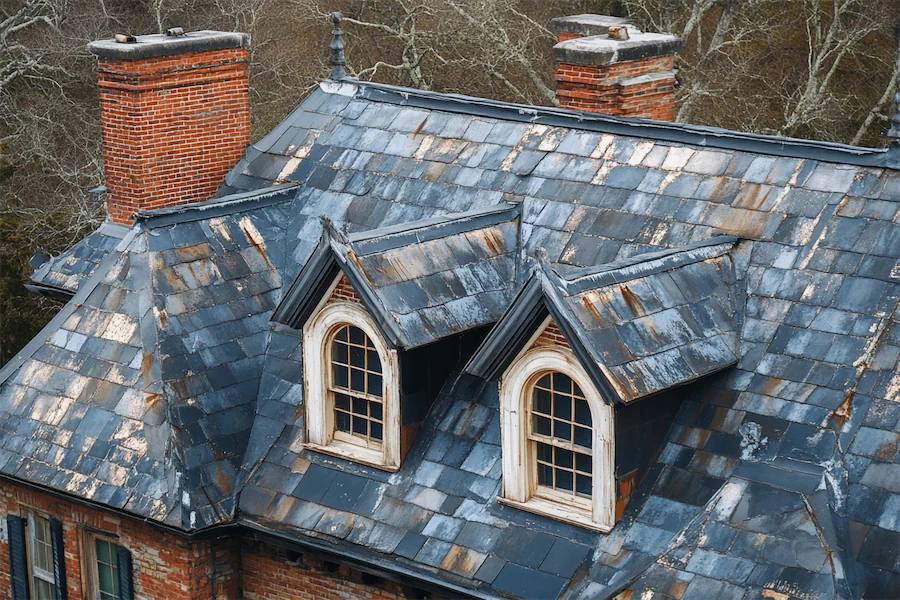A cool roof is designed to reflect more sunlight and absorb less heat than a standard roof, effectively reducing the building’s temperature. This concept is akin to wearing light-colored clothing on a sunny day to stay cooler.
History and Origins of Cool Roofs
The development of cool roofs gained momentum in the late 20th century as urban areas grappled with the heat island effect—a phenomenon where cities experience higher temperatures than their rural surroundings due to human activities and infrastructure. Researchers and policymakers began exploring reflective roofing materials as a strategy to mitigate this effect and enhance energy efficiency in buildings.
Key Features of Cool Roofs
Cool roofs are characterized by two primary properties:
- Solar Reflectance (Albedo): The ability to reflect sunlight, thereby reducing the amount of heat absorbed by the roof.
- Thermal Emittance: The capacity to release absorbed heat, facilitating the cooling of the roof surface.
These properties can be achieved through various materials and technologies, including:
- Reflective Coatings: Specialized paints or coatings applied to existing roofs to enhance reflectivity.
- Cool Roofing Materials: Roofing products inherently designed with reflective properties, such as certain types of shingles, tiles, or membranes.
Applications of Cool Roofs
Implementing cool roofs offers several benefits:
- Energy Efficiency: By lowering roof temperatures, cool roofs reduce the need for air conditioning, leading to energy savings.
- Extended Roof Lifespan: Reduced thermal stress can prolong the durability of roofing materials.
- Mitigation of Urban Heat Island Effect: Widespread adoption in urban areas can lower ambient temperatures, improving overall comfort and air quality.
Considerations When Choosing Cool Roofs
When selecting a cool roof, consider the following factors:
- Climate Suitability: Cool roofs are most effective in hot, sunny climates. In cooler regions, the benefits may be offset by increased heating costs during winter months.
- Material Compatibility: Ensure that the chosen cool roofing material is compatible with the building’s structure and existing roofing system.
- Cost Implications: While cool roofing materials may have a higher upfront cost, the potential energy savings and extended roof lifespan can offset the initial investment over time.
Conclusion
Cool roofs represent a practical and effective solution for enhancing building energy efficiency and mitigating urban heat. By reflecting more sunlight and absorbing less heat, they contribute to lower energy consumption, reduced greenhouse gas emissions, and improved comfort for building occupants. Careful consideration of climate, material compatibility, and cost will ensure the successful implementation of a cool roof system.
